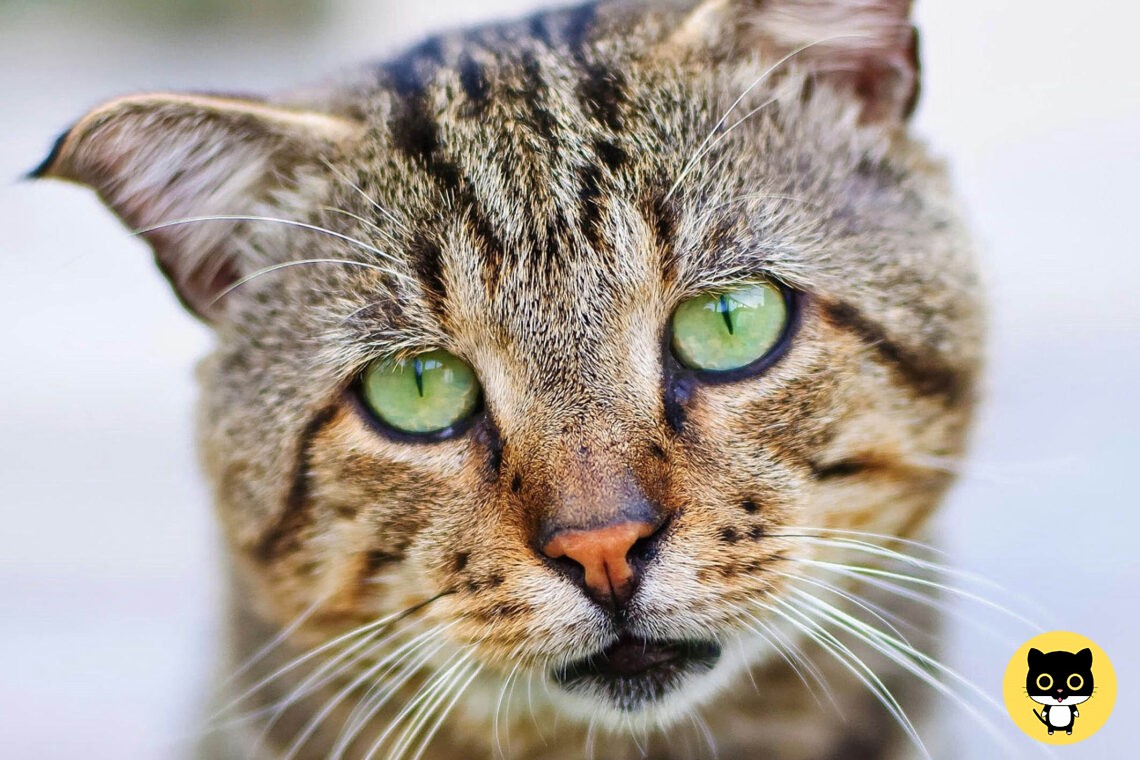Feline Distemper, also known as Feline Panleukopenia Virus (FPV), is a highly contagious viral disease that primarily affects kittens and unvaccinated cats. This disease can be debilitating and even fatal if not appropriately diagnosed and treated. In this guide, we will delve into the various aspects of Feline Distemper, including its causes, symptoms, diagnosis, treatment, and prevention.
What is Feline Distemper?
Feline Distemper, or Feline Panleukopenia Virus, primarily affects kittens and unvaccinated cats. It is caused by the feline parvovirus, a member of the parvovirus family. Feline Distemper infects and kills rapidly dividing cells in the bone marrow, intestines, and fetus. This leads to a decrease in the number of white blood cells, leaving the cat vulnerable to other infections.
Causes and Transmission
Feline Distemper is primarily transmitted through direct contact with infected bodily fluids, including blood, feces, urine, saliva, and nasal discharge. Fleas can also carry the virus from an infected cat to an unvaccinated cat. Additionally, the virus can survive on surfaces for up to a year, making it easily transmissible through contaminated objects such as bedding, food bowls, and litter boxes. It is important to note that humans can inadvertently transmit the virus if proper handwashing protocols are not followed after handling infected cats or contaminated objects.
Symptoms of Feline Distemper
The symptoms of Feline Distemper can vary but often include lethargy, depression, vomiting, diarrhea, dehydration, loss of appetite, fever, and rough coat. In severe cases, cats may experience abdominal pain, collapse, and bruising of the skin or gums. Kittens infected with Feline Distemper during pregnancy may develop cerebellar hypoplasia, resulting in a wide-based stance and intention tremors.
Diagnosis of Feline Distemper
Diagnosing Feline Distemper can be challenging, as the symptoms can be similar to other illnesses. However, a thorough medical history, including exposure to infected cats, lack of vaccination, and clinical signs, can help in the diagnosis. Bloodwork, including white blood cell count and red blood cell count, can also provide valuable information. Fecal testing, virus isolation, antibody levels, and PCR testing can help confirm suspicions of Feline Distemper.
Treatment and Management
Currently, there is no specific treatment for Feline Distemper. Treatment focuses on supportive care and alleviating symptoms. Intravenous fluid therapy is crucial to combat dehydration, while medications may be prescribed to control vomiting, diarrhea, and secondary bacterial infections. Kittens and cats that receive prompt and aggressive therapy have a higher chance of recovery. Isolation, thorough cleaning of contaminated surfaces, and strict adherence to preventative measures are essential to prevent the spread of the virus.
Prevention: Vaccination is Key
Prevention is key to protecting cats from Feline Distemper. Vaccination is highly recommended and has significantly reduced the incidence of the disease. Vaccines that protect against Feline Distemper are typically administered in combination with other core feline vaccinations. Kittens should receive an initial series of vaccinations starting at 6 to 8 weeks of age, with booster shots every 3 to 4 weeks until they are 16 to 20 weeks old. Adult cats should receive regular booster vaccinations to maintain immunity.
Cleaning and Disinfection
Feline Distemper is caused by a highly resilient virus that can survive in the environment for extended periods. Proper cleaning and disinfection protocols are crucial to prevent the spread of the virus. Surfaces should be thoroughly cleaned of organic material before applying disinfectants, with particular attention to litter boxes, bedding, food bowls, and other objects that may come into contact with infected cats.
Importance of Early Detection
Early detection of Feline Distemper is crucial for a successful outcome. Cat parents should be vigilant in monitoring their cats for any signs of illness and seek veterinary care promptly if any abnormal behaviors or symptoms are observed. Early treatment can greatly improve the chances of survival and reduce the risk of complications.
The Role of Immunity
Cats that survive Feline Distemper develop immunity that protects them from future infections. Mild cases that go unnoticed can also provide immunity. Kittens can receive temporary immunity through the transfer of antibodies from their mother’s colostrum. However, this passive immunity typically lasts only up to 12 weeks. Vaccination plays a vital role in stimulating the cat’s immune system to produce protective antibodies and prevent infection by the Feline Panleukopenia Virus.
Do you suspect that a cat has Feline Distemper? Please register to leave a reply below and to post in the Forums.






